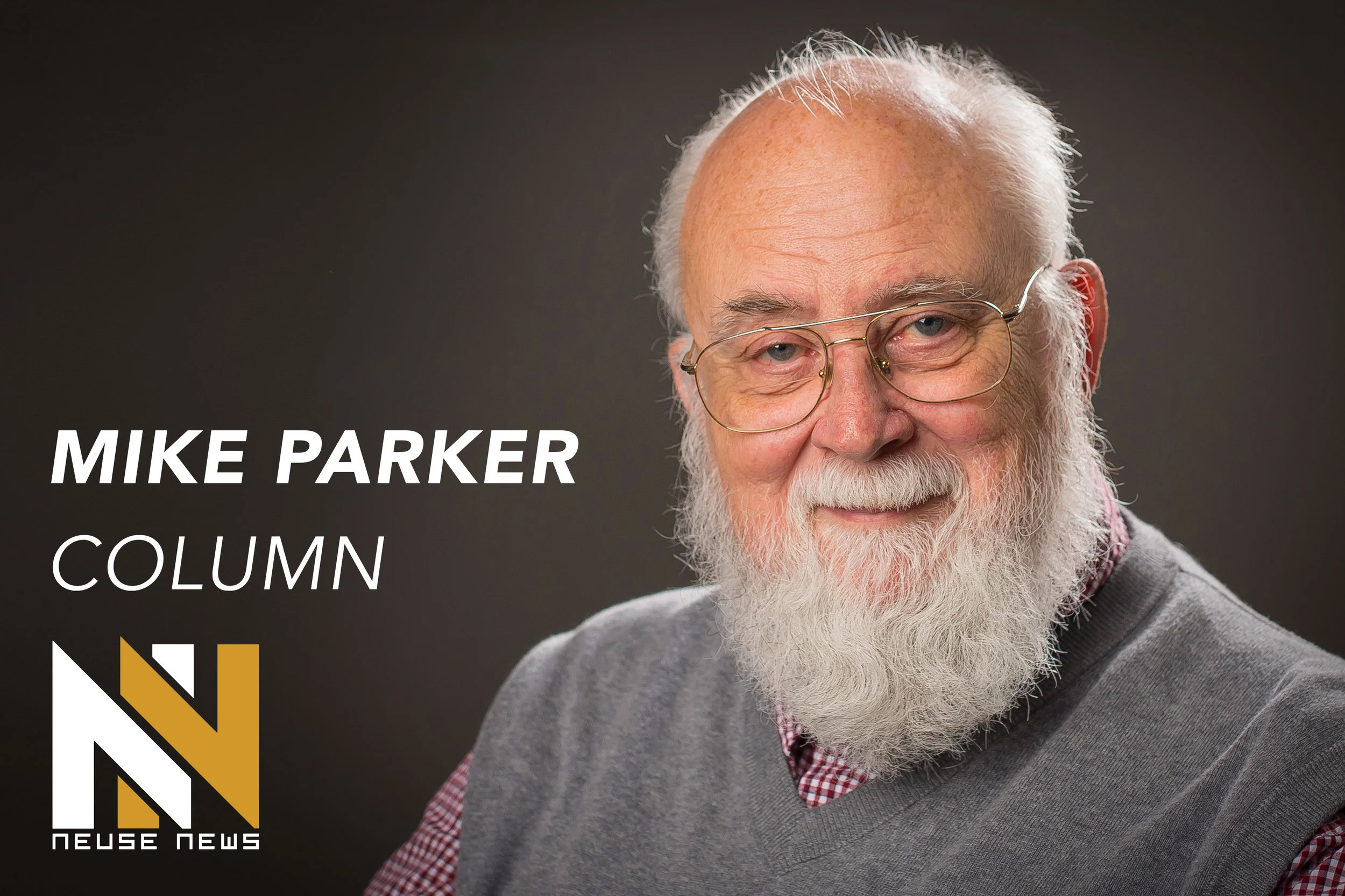Mike Parker: As Veterans Day approaches, keep its history in mind
One week from today is Veterans Day. The name of the day is not Veteran’s Day – as if the day belongs to a single veteran. Nor is the name of the day Veterans’ Day – as if it belongs only to veterans. Veterans Day is a holiday established for all of us to have an opportunity to remember and honor all veterans.
The Department of Defense website brings up an interesting issue. Veterans Day is not the same as Memorial Day. Not only do these two days occupy different places on the calendar, but they also have different purposes.
Memorial Day, as the name implies, recognizes and honors the men and women who gave their lives for this nation, especially those who died on the battlefield or died later from wounds sustained in battle.
Veterans Day honors all those who have served in this nation’s armed forces, whether they are living or dead. The Office of Veteran Affairs provides a breakdown of veterans in a variety of demographics. I learned that North Carolina has 731,241 living veterans. Of that total, 21,730 World War II veterans are still living in our state.
To bring things closer to home, according to World Population Review, in 2017 Lenoir County had 3,999 living veterans. Of that number, more than half – 51.4 percent – served in Vietnam. Seventy-four living Lenoir County veterans served in World War II.
Veterans Day dates back to what was called Armistice Day – the day fighting stopped in World War I. Although the Treaty of Versailles was not signed until June 28, 1919, the armistice to suspend fighting went into effect the eleventh hour of the eleventh day of the eleventh month of 1918 – at 11 a.m. on Nov. 11. This armistice essentially ended the fighting in the “War to End All Wars,” as WWI was called.
In 1926, Congress officially recognized Armistice Day, instead of the date of the signing of the treaty, as the date of the end of the First World War. In 1938, Congress made Armistice Day an official holiday to honor veterans of World War I.
Of course, World War I was not the “war to end all wars.” Instead, WWI was just a precursor to an even bigger and bloodier war. After World War II and the Korean War, service organizations urged Congress to change Armistice Day to Veterans Day to honor all American veterans of all wars. This change was made on June 1, 1954.
In 1968 Congress passed the Uniform Holiday Bill. Veterans Day was officially included in the list of federal holidays – holidays always celebrated on Mondays. Moving all federal holidays to Mondays would create long weekends, those who wrote the bill reasoned. The authors of the legislation hoped long weekends would spur family travel – and boost the economy.
For some reason no one understands, Veterans Day was decreed by this legislation to be the fourth Monday of October. Not until Oct. 25, 1971 – the fourth Monday of October that year – was Veterans Day observed according to the dictates of the Uniform Holiday Bill.
Most U.S. citizens did not accept the change. Given the historic and patriotic precedent already established, citizens preferred to stick to the original Nov. 11 date. So, on Sept. 20, 1975, President Gerald Ford signed Public Law 94-97. The original date of Veterans Day, Nov. 11, would resume as of 1978. Since that year, Veterans Day has remained “the eleventh day of the eleventh month.”
But Veterans Day is only as significant as we, the citizens of this nation, make it. The greatest tribute we can ever give our veterans is to celebrate and honor what they have done for us as a whole. The best ways to say “Thank You” is to show up for observances and show interest by asking a veteran about his or her service.
As the Korean War Veterans Memorial in Washington, DC, reminds us: “Freedom Is Not Free.” We all need to remember that lesson.
Mike Parker is a columnist for Neuse News. You can reach him at mparker16@gmail.com.



